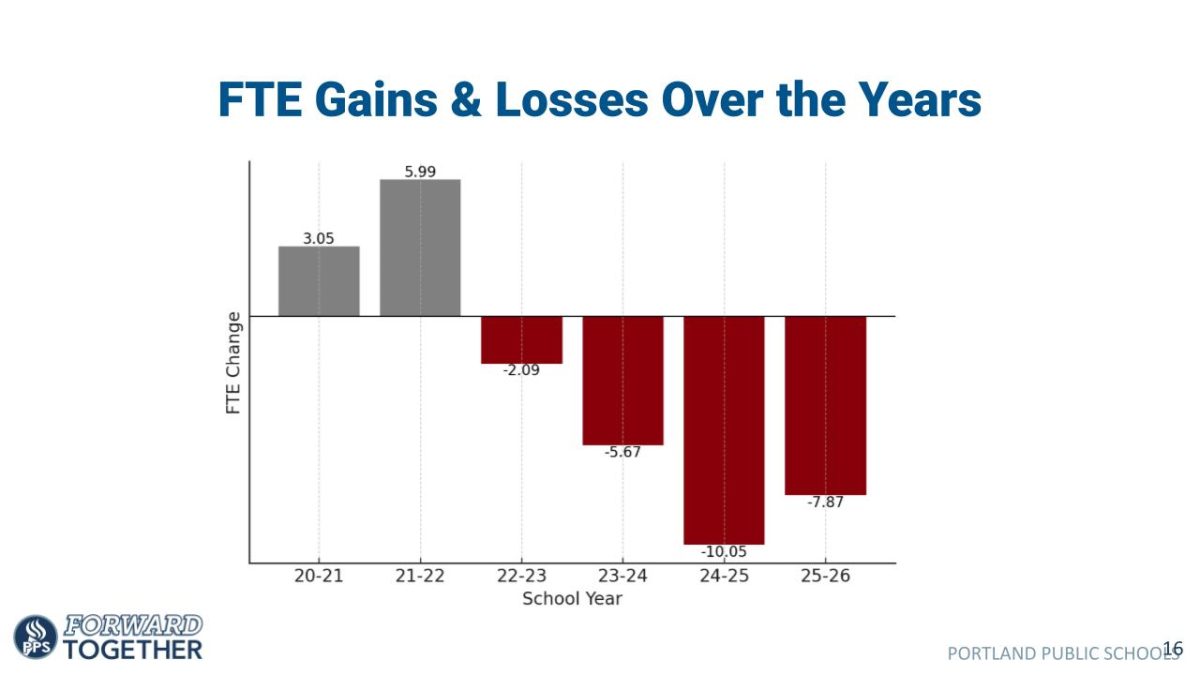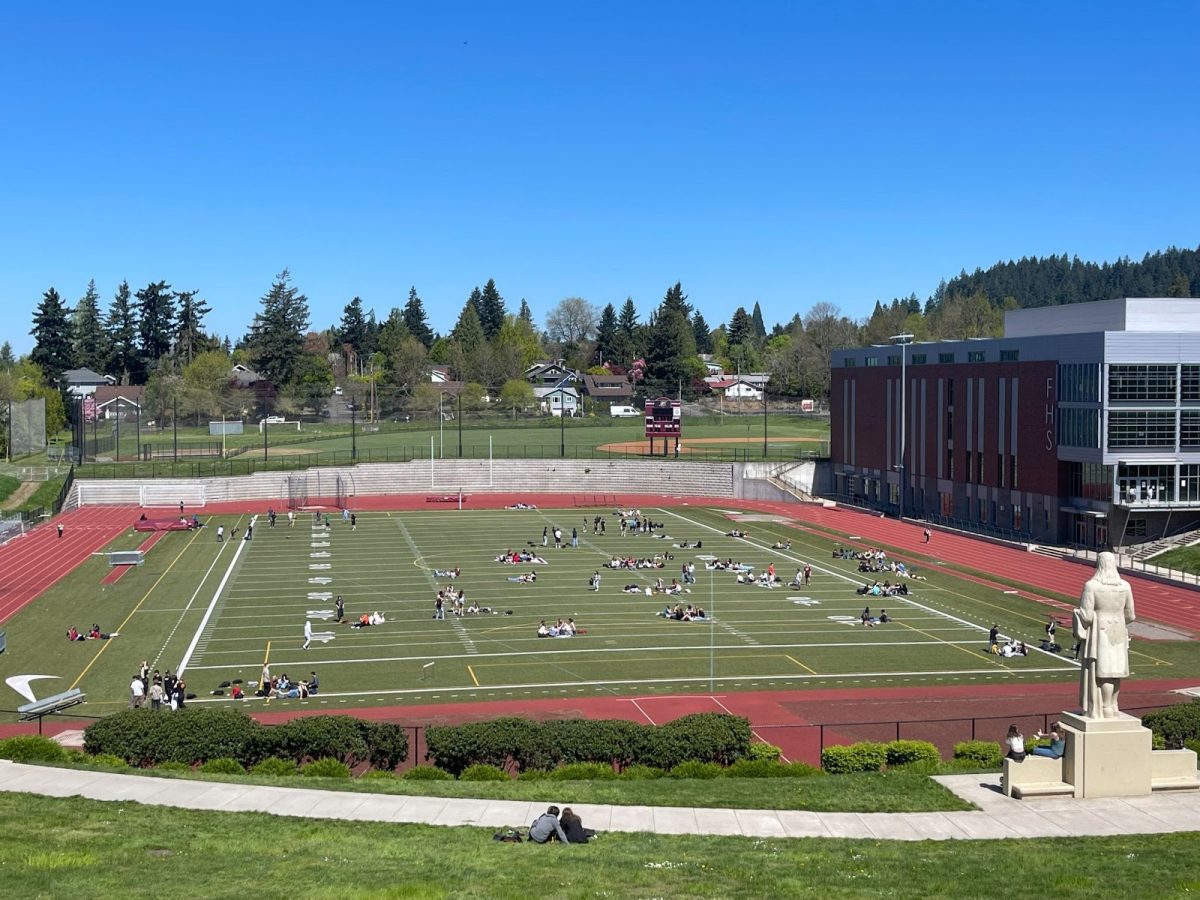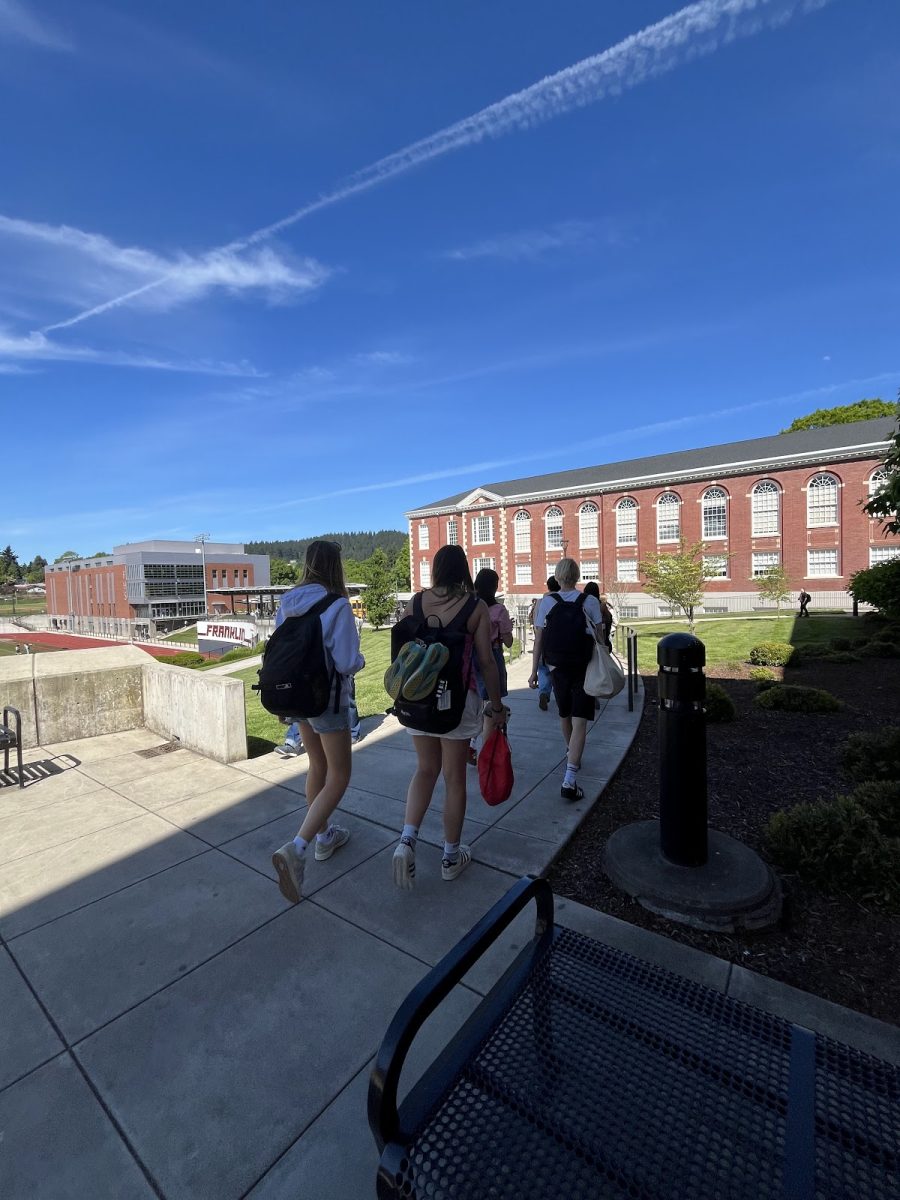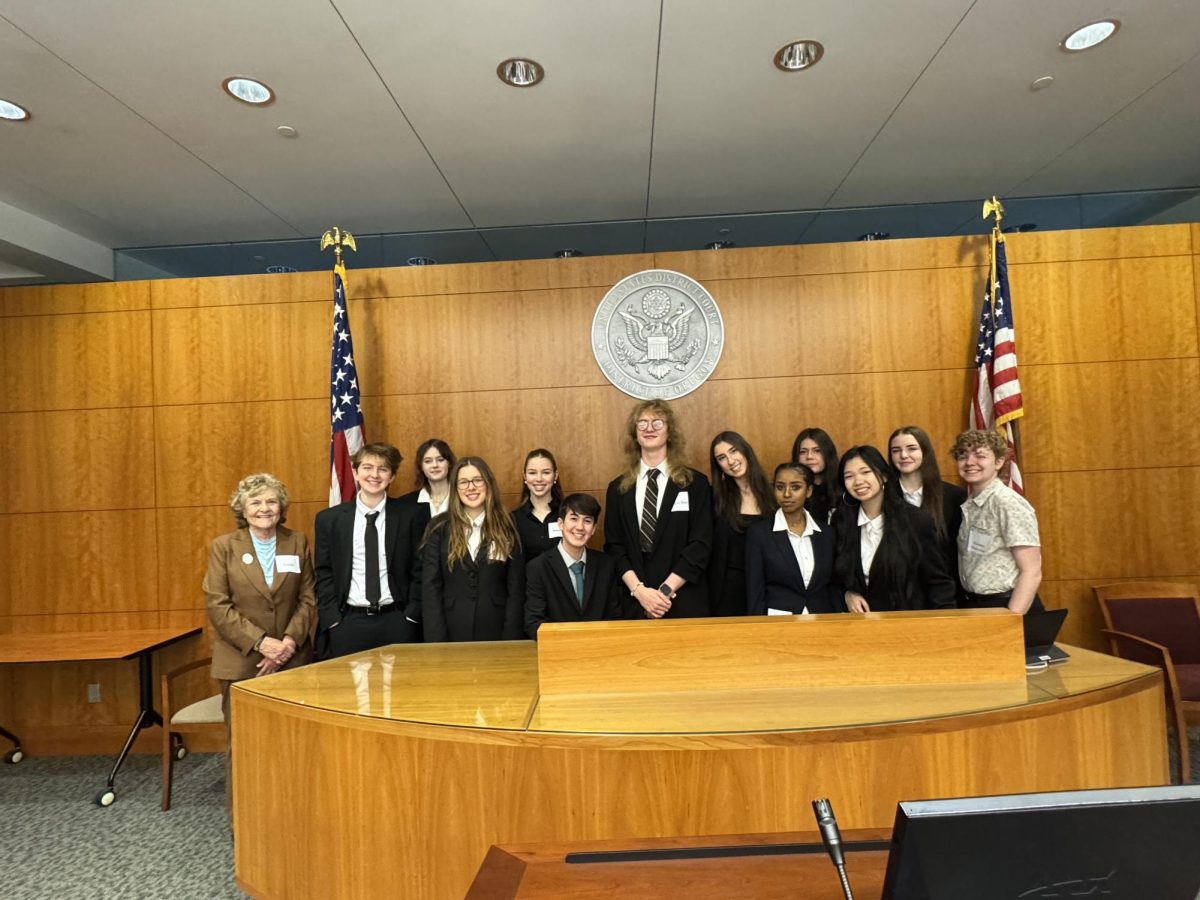In mid-January, students around the district were asked to begin the forecasting process. Teachers posted links to the Franklin forecasting webpage on their various Canvas classrooms and sent out instructions on how to forecast. However, as with many things this year, the procedure was all online, and many students and teachers alike struggled with it.
Sonia Smith-Katakkar, a 10th grader at Franklin High School, expressed her confusion with the forecasting process: “[It] was really confusing this year. I accidentally submitted without adding biology, and even though my counselor was really helpful, figuring out what I had to drop and what was missing was stressful.”
Many students struggled in similar ways. Although PPS included a video to assist students through this process, the online component made it much more difficult. Some students were unsure of how to select classes, and did not know which ones were required. In addition, due to the 4 class per semester schedule, many students were unsure if their interest in a class would stay the same after completing a semester of the pre-requisite. Principal Frazier acknowledged this change, explaining how in non-COVID years the process would be in person, and counselors would come into the classrooms to assist students.
“This year we used a Google Doc as a way for students to forecast. Some students did not forecast for various reasons whether it be technology issues or maybe forecasting just slipped their mind, and at one point we were concerned because we just did not have the numbers in order to feel comfortable and plan for next year,” said Frazier.
This was in late January, a few weeks after students were expected to have their choices “locked” in place in Synergy. The low forecasting numbers concerned Principal Frazier, as well as other administrators around PPS because without an adequate number of students forecasted, planning for the upcoming school year is very difficult.
Some students from out of district planning to attend Franklin next year also struggled due to the fact that they did not yet have a student ID number, which is essential to complete this process. Principal Frazier instructed such students to make an appointment through the new student enrollment process online (https://www.pps.net/domain/1212). From there, they can meet one on one with a counselor to obtain adequate information about credit requirements and the overall forecasting process that they may not have access to. Returning PPS students can also meet with their counselors; more information on that can be found on the counseling webtab of the FHS webpage (https://www.pps.net/domain/1169).
Principal Frazier describes how a possible consequence of under-forecasting could be last minute changes in teachers’ schedules or a change in the number of sections offered. If the administration did not receive adequate student feedback from the previous year, they would have to make uninformed decisions and estimate the number of incoming students. Although it’s unlikely that this would ever happen, earlier this year that was a real concern, as Franklin and other PPS schools were severely underforecasted. Luckily the forecasting numbers are much higher now, thanks to the hard work from FHS staff, reaching out to those who had not yet forecasted. Franklin numbers are much higher now, with 78.6% of students forecasted as of Feb. 22. It’s extremely important for all incoming and returning students to forecast. “Forecasting is mutually beneficial,” says Principal Frazier. In a school so big, it can be hard to have your voice heard from a sea of students. Forecasting is the single easiest way to provide the administration information about the student body’s needs and wants. Vice Principal Rierson supports this idea.
“This level of information [from forecasting] is really critical in helping us with making data-informed decisions about our Master Schedule,” she says. “More importantly, having students voice their course choices will help in providing them with classes they are interested in and want to engage with.”
So make sure to go forecast if you haven’t already. Information on how to forecast is available on the Franklin webpage: https://www.pps.net/domain/5812
Caption: The 2021-2022 Franklin Forecast Guide is a resource to assist students in the forecasting process. You can find more information on forecasting at https://www.pps.net/domain/5812.
































